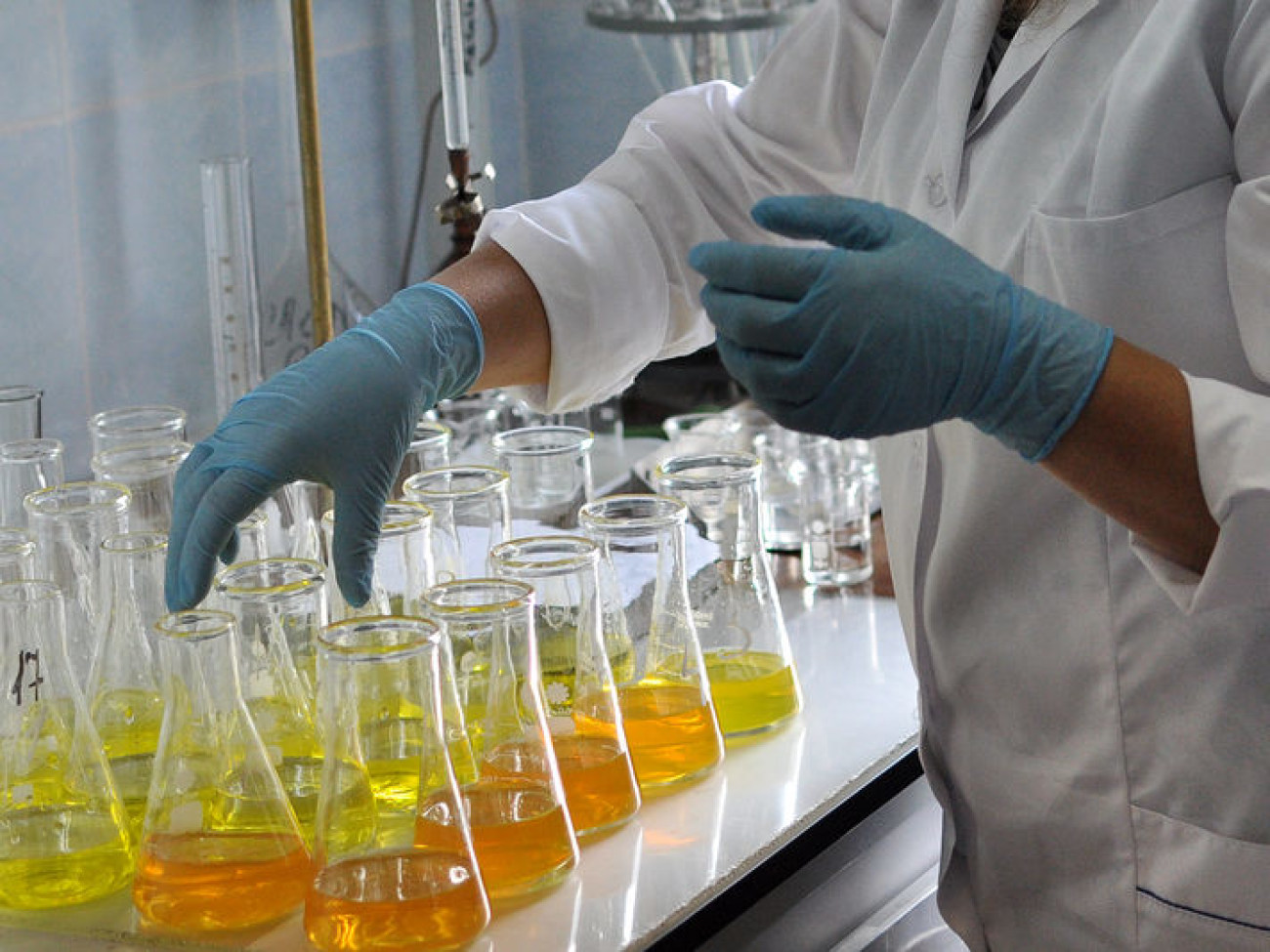Classification of redox indicators in water quality testing
Redox is one of the commonly used methods in water quality testing. It is mainly used to detect the parameter changes of dissolved oxygen in drinking water. Compared with other methods, redox titration has the advantages of easy operation and low cost.
Redox titration can be used, but the rate of redox reaction is relatively slow and easily interfered. Therefore, it is necessary to master its basic principles before proceeding with the oxidation-reduction titration operation. Today we are going to explain the classification of redox indicators in water quality testing.

Redox indicator classification
(1) Self indicator
Some titrants themselves have a very deep color, and the titration product is colorless or very light. In this case, it is not necessary to add an indicator when titrating. For example, KMnO4 itself shows purple red, use it to titrate Fe+, C2O4- In solution, the reaction products of Mn2+ and Fe3+ are very light or colorless. After titrating to the stoichiometric point, as long as a slight excess of KMnO4 can make the solution appear light red, it indicates that the end of the titration has been reached.
(2) Special effect indicator
The indicator itself does not have redox properties, but it can react with the titrant or the substance to be measured. The most commonly used indicator of this type is starch. For example, soluble starch reacts with iodine solution to form a dark blue compound. When I2 is reduced to I, the blue color suddenly fades. Therefore, in iodometry, starch solution is often used as an indicator. The starch indicator can detect about 10-5mol/L of iodine solution.
(3) Redox indicator
This type of indicator itself is an oxidizing or reducing agent, and its oxidation state and reduction state have different colors. During the titration process, when the indicator changes from a reduced state to an oxidized state, or from an oxidized state to a reduced state, the color of the solution changes to indicate the end of the titration. For example, when using K2Cr2O7 to titrate Fe2+, sodium diphenylamine sulfonate is commonly used as an indicator. The reduced state of sodium diphenylamine sulfonate is colorless. When the titration reaches the stoichiometric point, a slight excess of K2Cr2O7 causes the sodium diphenylamine sulfonate to change from the reduced state to the oxidized state, and the solution appears purple-red, thus indicating the arrival of the titration end point. When choosing this type of indicator, the potential of the indicator's color change point should be within the range of the potential jump of the titration system, so that the desired effect can be achieved.




